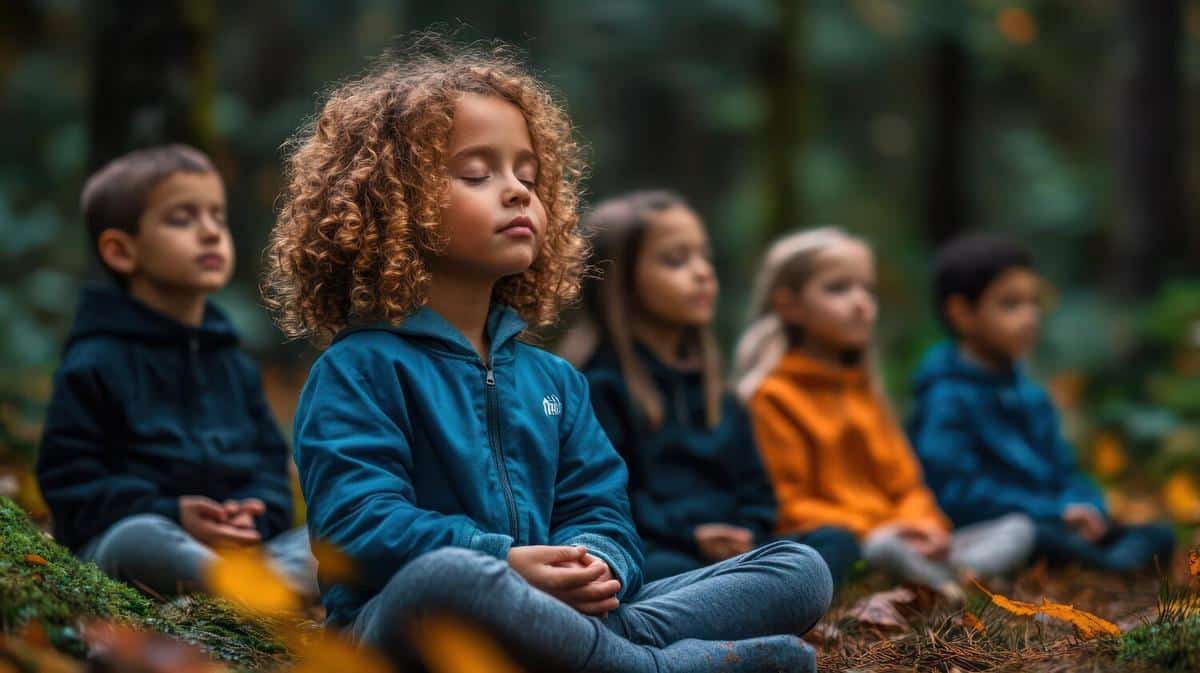
Mindfulness for Children: Techniques to Reduce Stress and Anxiety
In a world where schedules are packed and expectations high, even children are feeling the pressure. Mindfulness, a practice once reserved for adults, is emerging as a powerful tool to help children manage stress and anxiety. This article explores how mindfulness can support the emotional well-being of young ones, equipping them with skills to navigate life’s challenges with resilience.
Understanding Mindfulness for Children
Mindfulness refers to the practice of being fully present in the moment, aware of our thoughts and feelings without judgment. For children, this can mean learning to recognize and manage their emotions, leading to reduced stress and anxiety. According to Dr. Christopher Willard, a clinical psychologist specializing in mindfulness, children who practice mindfulness show improved attention, calmness, and emotional regulation.
Why Mindfulness Matters
Research indicates that mindfulness can significantly benefit children’s mental health. A study published in the Journal of Child and Family Studies found that mindfulness-based interventions led to decreased anxiety and increased emotional regulation in children. As children face various pressures, from academics to social interactions, mindfulness offers a refuge and a toolkit for managing these stressors.
“Mindfulness helps children develop self-awareness and resilience,” says Dr. Willard.
Practical Techniques for Mindfulness
- Mindful Breathing: Encourage children to focus on their breath for a few minutes each day. This can be a simple exercise where they count their breaths, helping them anchor in the present moment.
- Body Scan: Guide children through a body scan, where they pay attention to physical sensations from head to toe. This practice can help them relax and become more aware of their bodily responses to stress.
- Mindful Listening: Ask children to listen to the sounds around them for a minute. This practice enhances concentration and helps them tune into the present.
Integrating mindfulness into daily routines, like during meals or before bedtime, can make it more accessible and enjoyable for children.
Creating a Supportive Environment
Parents and educators play a crucial role in fostering mindful environments. By modeling mindfulness and encouraging open discussions about emotions, adults can help children feel supported in their practice. Schools are increasingly incorporating mindfulness into their curriculum, recognizing its benefits in promoting a positive learning environment.
Comparison of Mindfulness Techniques
| Technique | Age Suitability | Benefits |
|---|---|---|
| Mindful Breathing | All Ages | Improves focus and relaxation |
| Body Scan | 8+ | Increases body awareness and reduces tension |
| Mindful Listening | 6+ | Enhances auditory attention and calmness |
| Gratitude Journaling | 10+ | Boosts positivity and emotional resilience |
| Guided Imagery | 7+ | Stimulates creativity and reduces anxiety |
| Mindful Walking | 10+ | Promotes physical and mental well-being |
| Progressive Relaxation | 8+ | Relieves stress and improves sleep quality |
| Yoga | 5+ | Enhances flexibility and mental clarity |
FAQs
How can mindfulness be introduced to young children?
Start with simple exercises like mindful breathing or listening to sounds, and gradually incorporate more complex practices as they grow older.
What is the ideal age to start mindfulness practices?
Mindfulness can be introduced to children as young as five, though the complexity and duration of practices should be age-appropriate.
Can mindfulness help with academic performance?
Yes, mindfulness has been shown to improve concentration and cognitive function, which can enhance academic performance.
Conclusion
Mindfulness offers children a valuable toolkit for managing stress and anxiety, fostering emotional intelligence and resilience. By incorporating simple mindfulness practices into daily routines, parents, and educators can support children in developing a lifelong habit of presence and self-awareness. Encourage your child to explore mindfulness and watch them thrive in today’s fast-paced world. For more resources on raising emotionally intelligent children, explore our other articles on this topic.


